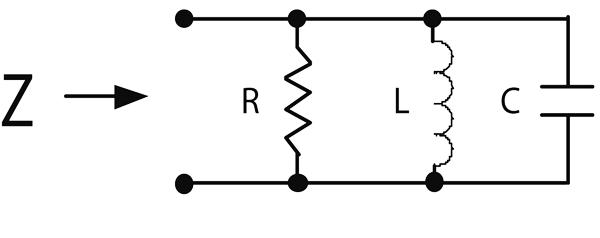
Download: Reese.zip
C++ finally has complex numbers. They come as a class template that
can be parameterized by the floating-point data types,
float, double, or long double.
See:
test_complex.cpp#include <iostream>
#include <iomanip> // for setprecision()
#include <complex>
using namespace std;
int main()
{
complex<double> c1(7.63, 9.88); // create from rectangular coordinates
complex<double> c2( polar(10.04, 0.77) ); // from polar coordinates (phasor)
complex<double> c3 = c1 + c2; // -, *, and / also available
cout << setprecision(4);
cout << "Sum: " << c3 << " magnitude: " << abs(c3);
cout << " Angle: " << arg(c3) << endl;
cout << "Norm: " << norm(c3) << " Conjugate: " << conj(c3)<< endl;
cout << "Real: " << c3.real() << " Imag: " << c3.imag() << endl;
cout << "Sqrt: " << sqrt(c3) << " Log: " << log(c3) <<endl;
cout << "Sine: " << sin(c3) << " hyperboic sine: " << sinh(c3) << endl;
}
Sum: (14.84,16.87) magnitude: 22.47 Angle: 0.8494 Norm: 504.7 Conjugate: (14.84,-16.87) Real: 14.84 Imag: 16.87 Sqrt: (4.319,1.953) Log: (3.112,0.8494) Sine: (8.1e+006,-6.832e+006) hyperboic sine: (-5.534e+005,-1.275e+006)
numeric_complex.cppThis test code computes the impedance of an RLC circuit as a function of frequency.

// numeric_complex.cpp
#include <complex>
#include <iomanip>
#include <iostream>
#include <cmath>
using namespace std;
// compute the complex impedance of a parallel RLC circuit
complex<double> parallel_RLC_impedance( double frequency,
double resistance, double inductance, double capacitance );
int main( )
{
const double R = 1000.0; // R in ohms
const double L = 0.2; // L in henries
const double C = 10.0e-9; // C in farads
double frequency;
// set the resonant frequency
frequency = 1.0 / sqrt( L * C );
// compute the impedance at the resonant frequency
complex<double> impedance =
parallel_RLC_impedance( frequency, R, L, C );
cout << setprecision( 2 ) << fixed
<< "AT RESONANT FREQUENCY\nImpedance = "
<< impedance << " Magnitude = " << abs( impedance )
<< " Phase = " << arg( impedance ) << endl;
// compute the impedance at one tenth of the resonant frequency
impedance = parallel_RLC_impedance( frequency / 10, R, L, C );
cout << "\nAT ONE TENTH OF RESONANT FREQUENCY\nImpedance = "
<< impedance << " Magnitude = " << abs( impedance )
<< " Phase = " << arg( impedance ) << endl;
// compute the impedance at ten times the resonant frequency
impedance = parallel_RLC_impedance( frequency * 10, R, L, C );
cout << "\nAT TEN TIMES THE RESONANT FREQUENCY\nImpedance = "
<< impedance << " Magnitude = " << abs( impedance )
<< " Phase = " << arg( impedance ) << endl;
}
inline
complex<double> parallel_RLC_impedance( double frequency,
double resistance, double inductance, double capacitance )
{
complex<double> impedance_inverse( 1.0 / resistance,
frequency * capacitance - 1.0 / ( frequency * inductance ) );
return 1.0 / impedance_inverse;
}
AT RESONANT FREQUENCY Impedance = (1000.00,-0.00) Magnitude = 1000.00 Phase = -0.00 AT ONE TENTH OF RESONANT FREQUENCY Impedance = (169.48,375.17) Magnitude = 411.68 Phase = 1.15 AT TEN TIMES THE RESONANT FREQUENCY Impedance = (169.48,-375.17) Magnitude = 411.68 Phase = -1.15
Maintained by John Loomis, updated Wed Feb 14 23:28:29 2007